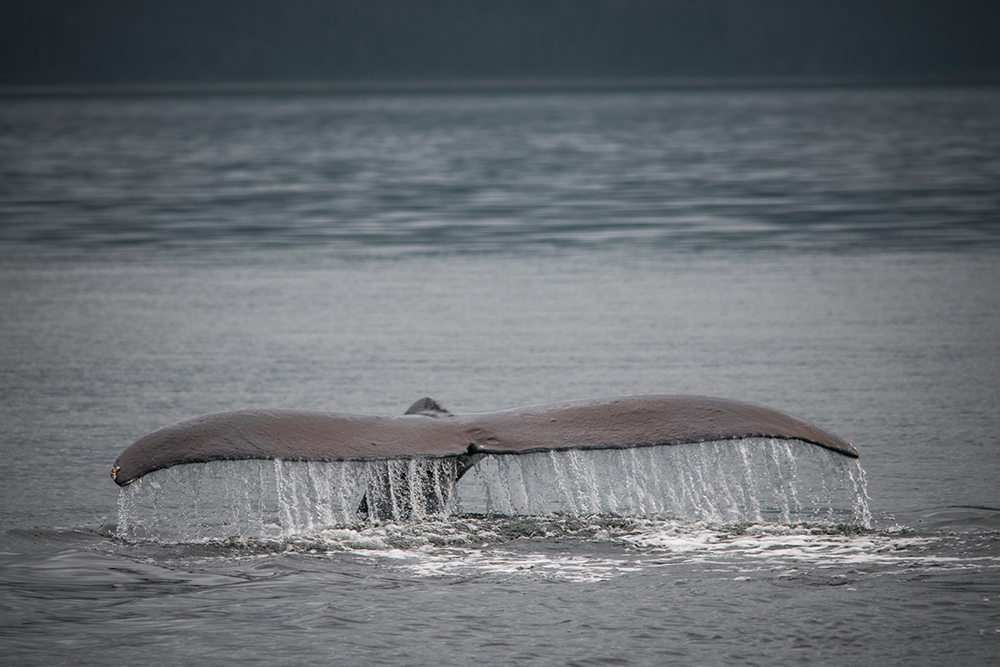The Mayflower Autonomous Ship (MAS) could be the first vessel to cross the Atlantic that is able to navigate around obstacles and hazards by itself. It will depart from Plymouth, UK on the fourth centenary of the original Mayflower voyage, on 6 September 2020, and will reach Plymouth, USA after an ecxiting tour, dedicated to science. “The project was put together by marine research and exploration company ProMare in an effort to expand the scope of marine research. The boat will carry three research pods equipped with scientific instruments to measure various phenomena such as ocean plastics, mammal behaviour or sea level changes.” (ZDnet, 16 October 2019) According to ZDnet, IBM has now joined the initiative to supply technical support for all navigation operations. It is important that the futuristic ship is not only careful with things, but also with animals. In this context, insights of animal-machine interaction and machine ethics might be useful. Ultimately, the excursion will help the marine mammals by obtaining data on their behaviour.
Happy Hedgehog
Between June 2019 and January 2020, the sixth artifact of machine ethics will be created at the FHNW School of Business. Prof. Dr. Oliver Bendel is the initiator, the client and – together with a colleague – the supervisor of the project. Animal-machine interaction is about the design, evaluation and implementation of (usually more sophisticated or complex) machines and computer systems with which animals interact and communicate and which interact and communicate with animals. While machine ethics has largely focused on humans thus far, it can also prove beneficial for animals. It attempts to conceive moral machines and to implement them with the help of further disciplines such as computer science and AI or robotics. The aim of the project is the detailed description and prototypical implementation of an animal-friendly service robot, more precisely a mowing robot called HAPPY HEDGEHOG (HHH). With the help of sensors and moral rules, the robot should be able to recognize hedgehogs (especially young animals) and initiate appropriate measures (interruption of work, expulsion of the hedgehog, information of the owner). The project has similarities with another project carried out earlier, namely LADYBIRD. This time, however, more emphasis will be placed on existing equipment, platforms and software. The first artifact at the university was the GOODBOT – in 2013.

